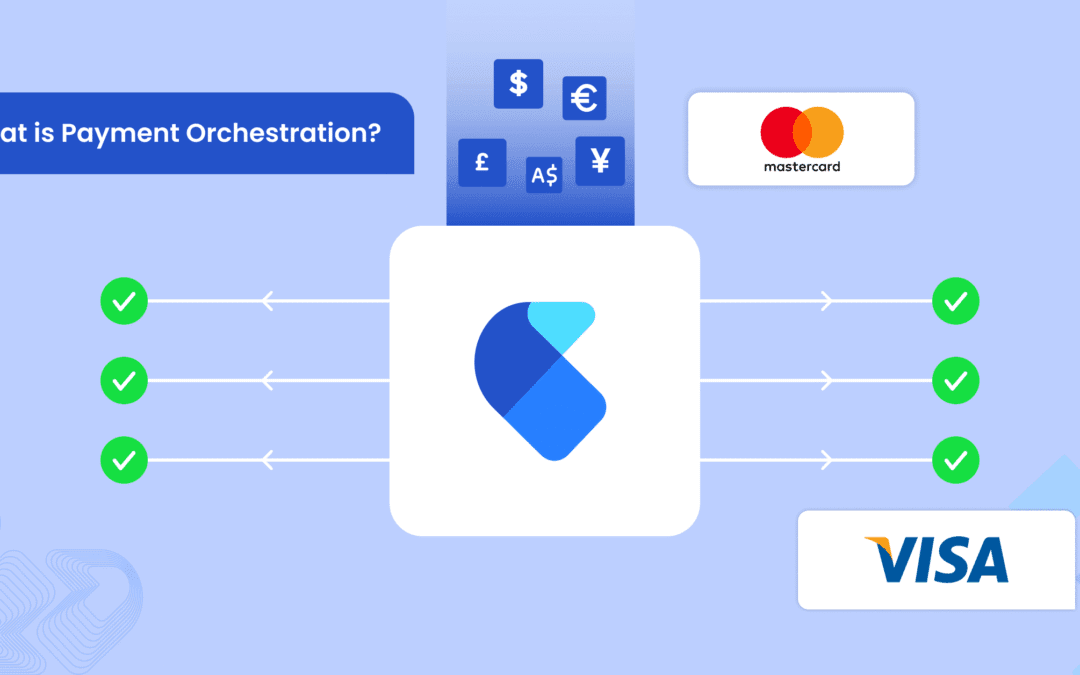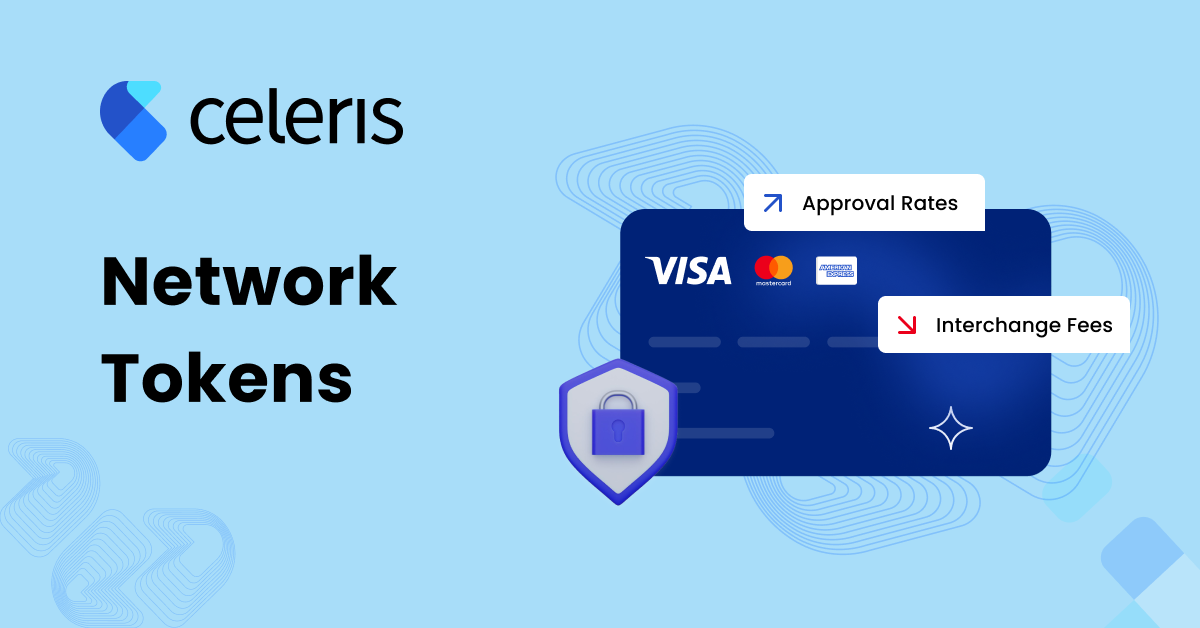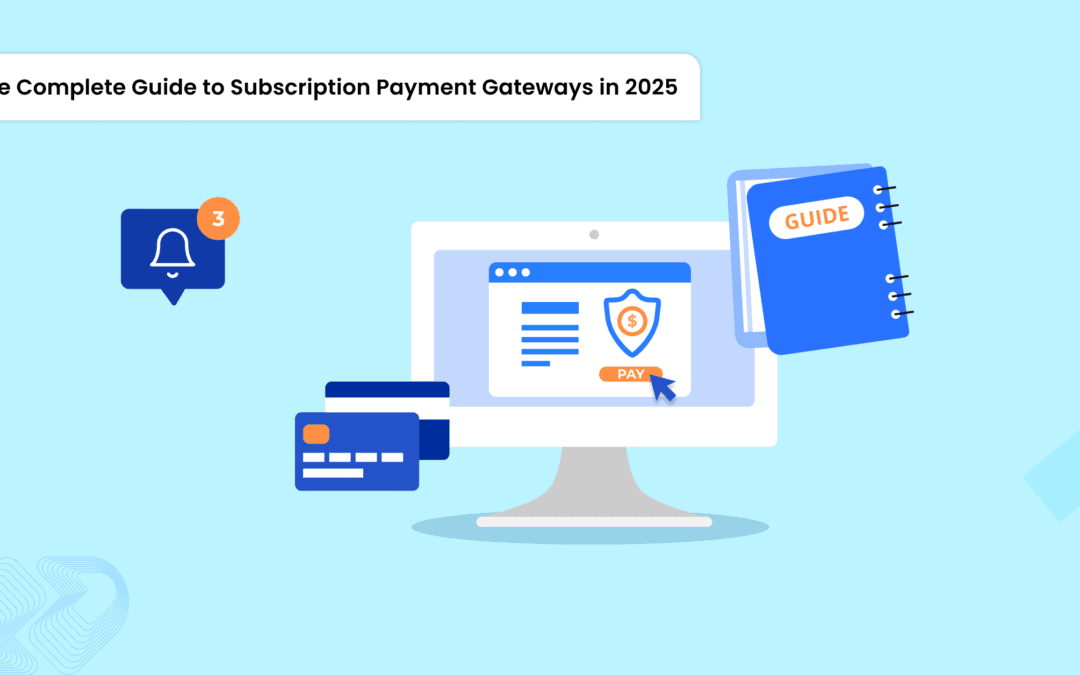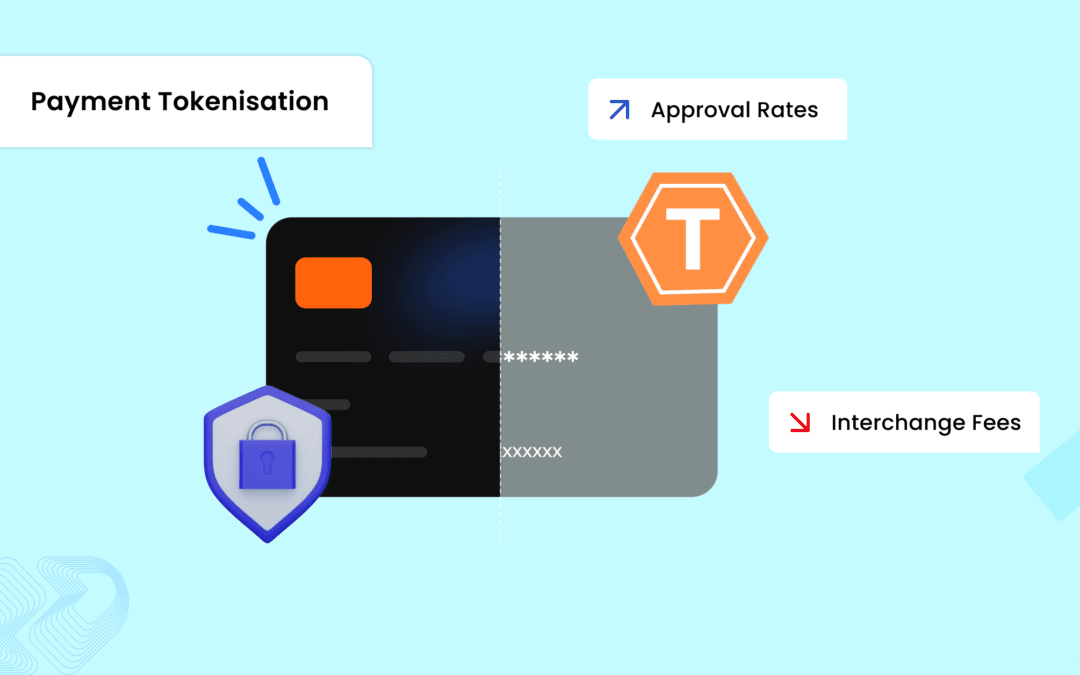Verifi specializes in dispute management, aiding sellers in revenue retention and cost reduction from banks.
- Resource
- /
- Most popular payment methods in the five largest EU e-commerce markets
Contents
Recommended Articles

How to Choose Best Chargeback Management Solution in 2025?
May 7 2025 | Blog
Chargebacks are a growing concern for online businesses today. A market research report published on Paypers reported that merchants lose 1% of their revenue in chargebacks every year, and this number is increasing, regardless of whether you're in e-commerce,...

What is Payment Orchestration? A complete Guide for Businesses in 2025
April 18 2025 | Blog
If you're running an online business that serves customers worldwide, you've likely encountered the complexities of managing multiple payment platforms, gateways, and processors. Not only that, but merchants are facing high transaction fees, frustrating integration...

Celerispay Wins MPE Award for Best Use of Data Analytics in 2025
April 7 2025 | Blog
Celeris is excited to announce that we have won the 2025 Merchant Payments Ecosystem (MPE) Award for Best Use of Data Analytics! Following our win for Best Payments Orchestration Solution last year, this marks our second consecutive MPE victory. This achievement...
Share This Post
Most popular payment methods in the five largest EU e-commerce markets
July 7, 2020

The e-commerce sector is growing at a rapid pace in Europe, with 13% growth in 2019 compared to 2018 and 23% of e-commerce being cross-border. Moreover, the coronavirus crisis further illuminated the importance of digital payments, forcing companies to evaluate their online presence. This digital growth and external pressures present many opportunities to expand.
Regarding online payment methods, there is no such thing as too many – providing customers their preferred way to pay is essential. This is especially important in Europe, where great cultural differences result in sharp contrasts in terms of the most popular payment methods. In this blog, we will address this variation across the 5 largest EU e-commerce markets.
Contents
UK
Although Brexit’s uncertainty still lingers in the UK market, the B2C e-commerce market was still worth €178.5 billion in 2019. This represents 33.4 percent of the total European e-commerce, which makes it the largest European market and certainly an attractive country to expand into. In the UK, most of e-commerce is completed on a mobile device, accounting for 51% of all transactions. This illustrates the importance of having a modern payments platform that integrates seamlessly with apps and provides a harmonious and secure mobile shopping experience. Regarding the payments methods, cards remain the most widely used method, due to familiarity and a long history of usage. However, digital wallets are becoming increasingly popular, growing twice as fast as credit cards. Paypal is the leading digital wallet, having the largest share of digital wallet payments in the UK, dominating over other wallets such as Apple Pay. Lastly, direct debit payments are also experiencing rapid growth and although it is not as popular as credit cards or digital wallets, it is becoming increasingly relevant.
France
France is Europe’s second largest e-commerce market with the value of 81.7 billion. The market is expanding at double-digit rates, but just like other mature markets such as the UK and Germany, this growth is slowing down. The preferred channel for French customers is laptops, as 79% of customers prefer this over mobile commerce. Nevertheless, the m-commerce market is emerging as mobile penetration is on the rise, so it is certainly worth bearing these developments in mind. The most popular payment method in France is credit cards, constituting more than half of all digital transactions. Specifically, Cartes Bancaires is the most prevalent online payment card, followed by Visa and Mastercard. Digital wallets are the second most used payment method, once again dominated by PayPal. Finally, French customers also use bank transfers for more expensive items, which is further aided by the SEPA credit transfers that have made euro-transfers more efficient and fas
Germany
Germany has the third largest e-commerce market in Europe, totalling 73 billion in 2019. Most e-commerce transactions are completed on a mobile device, whose use is expanding at a double digit rate and is expected to expand even more in the future. However, for the last decade the online payment methods have not evolved much in the country. Open invoices still account for 63% of all digital transactions as the consumers are reluctant to give it up. The appeal of this payment method to customers is that the merchant can deliver the goods with an invoice, while the consumer can pay the invoice within a certain amount of time. Having said that, the disadvantage for merchants is that the probability of returns is high. Besides open invoices, third party bank transfers is another popular online payment method. Giropay and SOFORT Payment are the two leading third party services that allow customers to pay using direct bank transfers. Lastly, Paypal is the leading digital wallet in Germany, capturing 20% of the transactions.
Spain
Following Germany, is the Spanish e-commerce market, with a value of 30.3 billion. Although the country’s e-commerce is expanding at one of the highest rates in Europe, the average customer spending is way below the European average. Besides this, Spanish shoppers have adjusted to mobile payments, yet it is important to note that Android, Huawei and BQ have the largest market share, thus it is essential to ensure that payments are tailored to these devices. Cards is the most popular payment method in Spain, comprising 43% of all transactions, with credit cards being especially popular. Not surprisingly, Visa and Mastercard are dominating the market, but digital wallet usage is steadily growing, rivaling cards and closing the percentage gap. As in other large European markets, Paypal is the leading digital wallet, although it is important to point out that the market is more competitive and new entrants such as Google Pay, Apple Pay and Amazon Pay are real contenders. Moreover, bank transfers is the third most used method, while an app-based payment provider, Bizum, has just recently entered the e-commerce market and disrupted the scene.
The Netherlands
Although the Netherlands is only the fifth largest e-commerce market in Europe, the country has experienced the highest B2C market growth in 2019, out of all the countries surveyed by J.P. Morgan. The e-commerce market that is worth 22.5 billion is characterized by mobile payments – a result of high internet and smartphone penetration. Thus, mobile commerce is dominant and expected to grow at a high rate looking forward. One of the most noteworthy characteristics of the country’s payments ecosystem is the lack of credit cards, which is associated with the Dutch conservative mentality in regards to debt. In contrast, iDeal, the Dutch online bank transfer system, is the most widely used payment method. iDeal has an estimated market share of 57% and according to the company, merchants report up to 90% higher conversion rates for Dutch customers when they add iDeal. Cards and digital wallets, such as Paypal, are also used, but they have a rather small share compared to bank transfers; only 20% and 7% respectively. However, this is forecasted to change as both methods are expected to gain a larger market share as the Dutch demand for fast, mobile payments is only increasing.
Conclusion
Evidently, the online payments landscape varies substantially between the five largest European e-commerce markets. Customer preferences for payment methods are diverse and often shaped by cultural attitudes, which you should be aware of before entering a new market. For these reasons, it is important to ensure that the payment gateway of your choice is integrated with most of these popular payment methods, as it can truly make your life easier and your business more attractive to local customers.
How was the experience with article?
We’d love to know!
Talk with one of our payment experts
Ready to elevate your business to new heights? Schedule a call with our experts to discuss your unique needs and uncover tailored solutions. Don’t let questions linger – seize the opportunity to pave your path to success!
Winner !
Best use of data analytics, MPE 2025
Best Payments Orchestration Solution, MPE 2024
Related Resource
Build your business with Celeris













